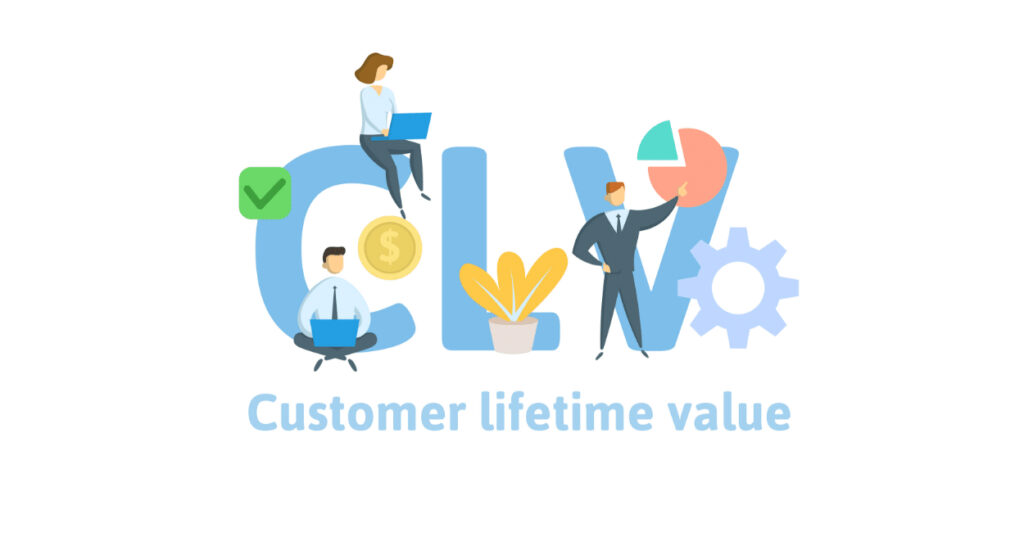Maintaining customer value over time in SaaS (Software as a Service), especially within an increasingly competitive landscape, is paramount to business success. One such metric that has an immense effect is Customer Lifetime Value (CLTV). CLTV measures expected lifetime revenue from customer relationships as well as acts as an indicator for valuation purposes using tools like a SaaS business valuation calculator. Customer Lifetime Value will serve to guide both your business strategies as well as determine the value and worth of your business as a whole.
Understanding Customer Lifetime Value (CLTV)
Before delving deeper into why Customer Lifetime Value is crucially important, it’s necessary to define it first. CLTV refers to an estimate of your net profit potential from any individual customer during their relationship with your organization. CLTV takes into account several elements, such as Customer Acquisition Cost (CAC). CLTV also looks at customer churn rate as well as the average revenue generated per customer during their relationship with your organization. By understanding and optimizing these components, your CLTV could increase substantially, ultimately benefiting both business performance and valuation.
The Importance of Customer Lifetime Value (CLTV) for SaaS Businesses
Customer Lifetime Value, or CLTV, in SaaS businesses can serve as a barometer of their understanding and delivery to customers. A higher CLTV indicates sustained revenue growth – something crucial to long-term business success. Your consistent revenue stream allows you to invest in product development, marketing, and customer support; each area helping your business expand further. As investors examine SaaS businesses, they typically look at metrics like Customer Lifetime Value to gauge their potential; having an increased CLTV shows them that your customer base has strong purchasing power which could open more attractive funding options to your venture.
Concentrating on Customer Lifetime Value (CLTV) encourages businesses to prioritize long-term customer relationships over short-term gains, leading to improved customer experiences, higher retention rates, and ultimately stronger businesses. By continually adding value for your customers and expanding their lifetime value you increase customer retention rates while expanding market position.
How Customer Lifetime Value (CLTV) Affects SaaS Business Valuation
CLTV is not only used to run your business more effectively; it is also key in calculating its worth. Calculators like SaaS business valuation calculators often factor CLTV as one of their inputs when evaluating businesses as it directly correlates with customer revenue potential and thus leads to higher valuation values for that business.
If you’re trying to sell or attract investors for your business, having an attractive CLTV can make all of the difference in negotiations and acquisition offers. A higher CLTV indicates your ability to generate long-term revenues that make your venture more appealing, giving you more leverage during negotiations for acquisition offers or investment deals. In addition, understanding CLTV allows you to benchmark against industry standards; if it exceeds them, it indicates excellent performance – something potential buyers or investors might take note of during valuation discussions.
Strategies to Increase Customer Lifetime Value (CLTV) in SaaS Businesses
Improving customer retention should be at the top of any SaaS company’s priority list for increasing their CLTV. By providing outstanding support, personalized experiences, and consistent engagement; customer churn rates will decrease while existing customers will stay longer; loyalty programs or regular check-ins can help strengthen relationships and maintain positive associations between customer and brand.
One way of increasing revenue generated from each customer is upselling and cross-selling. By offering additional services or premium features that encourage them to spend more over time, upselling can increase customer lifetime value (CLTV). Furthermore, cutting Customer Acquisition Costs (CAC) by adopting more cost-efficient marketing strategies such as targeting high-value customer segments or content marketing may lower CAC and enhance overall profitability.
In Conclusion
Customer Lifetime Value (CLTV) should be one of the primary metrics considered by any SaaS business, not only to understand customer value but also to calculate business worth. When optimized properly, CLTV helps ensure sustained revenue growth, attract investors, and boost overall performance. Whether you are selling off your business, or simply expanding on what already exists within an enterprise, understanding and improving your customer lifetime value will lead to an increase in your business’ worth.






